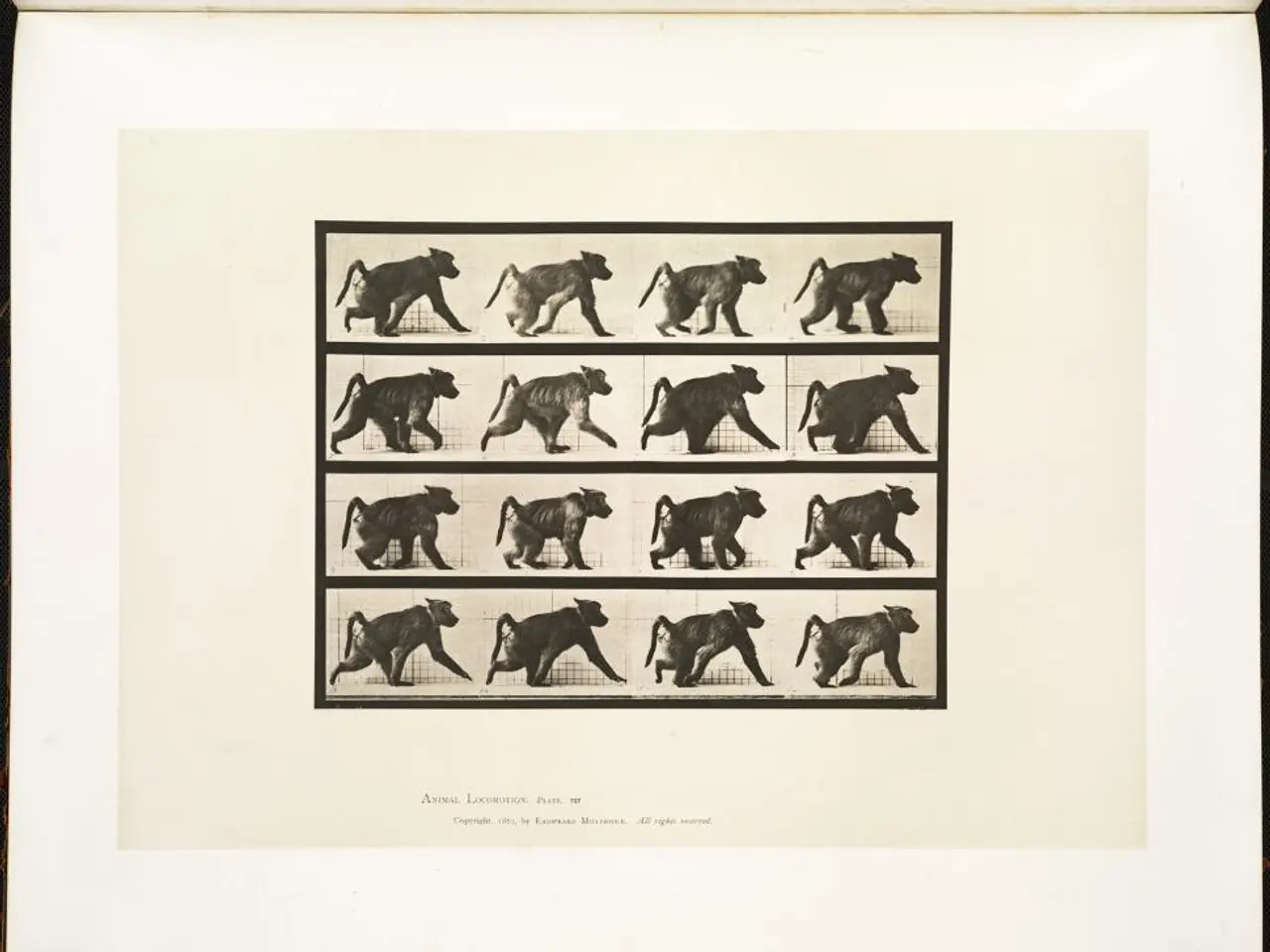Duration of Clone Lives: Exploring the Enigmas Surrounding Cloned Life Expectancies
Cloning, in its simplest form, is the process of creating a genetically identical copy of an existing organism. This groundbreaking technology made headlines in 1996 when Dolly the sheep became the first mammal to be successfully cloned from an adult somatic cell.
However, Dolly's life was short-lived. She lived only six years before being euthanized due to progressive lung disease and severe arthritis, raising concerns about the long-term health and viability of clones. These concerns persist, as cloned animals, at least in early studies, have shown a tendency towards shorter lifespans and a higher incidence of health complications compared to naturally conceived animals.
The question of cloned lifespans raises important ethical considerations, particularly in the context of cloning endangered species. It is crucial to ensure that cloned animals are treated humanely and provided with appropriate care.
Advances in epigenetic reprogramming and stem cell technology hold promise for creating clones with normal lifespans and health outcomes. However, incomplete or inaccurate epigenetic reprogramming can lead to developmental abnormalities and potentially affect the long-term health and lifespan of the clone.
Telomeres, protective caps on the ends of chromosomes that shorten with age, may be shorter in cloned animals at birth, potentially leading to premature aging. However, research has shown that telomere length in cloned animals varies, with some studies showing shorter telomeres and others showing no significant difference or even longer telomeres.
Ongoing research continues to refine cloning techniques to minimize potential health risks and improve the long-term well-being of cloned animals. Factors influencing the lifespan of a cloned animal include the age of the donor cell, the cloning technique used, the species being cloned, and the environment in which the clone is raised.
The success rate and health outcomes of cloning also vary depending on the species. For instance, cloned cattle and pigs have generally shown better health outcomes compared to cloned sheep and mice.
Research into regenerative medicine and gene therapy holds promise for addressing age-related health issues and extending the lifespan of cloned animals. Factors such as the age of the donor cell, the specific cloning method used, and the quality of care provided significantly influence the longevity and health of cloned animals.
Transparency and public dialogue are essential to address ethical concerns and ensure responsible development and application of cloning technologies. As research progresses, it is crucial to remember that genetics and environment interact to determine an organism's lifespan.
Ensuring the welfare of cloned animals and addressing ethical concerns are paramount as we continue to explore the potential of cloning technologies. While progress has been made, much work remains to be done to fully understand the implications of cloning and to ensure that it is used responsibly.
Read also:
- Inadequate supply of accessible housing overlooks London's disabled community
- Strange discovery in EU: Rabbits found with unusual appendages resembling tentacles on their heads
- Duration of a Travelling Blood Clot: Time Scale Explained
- Fainting versus Seizures: Overlaps, Distinctions, and Proper Responses






